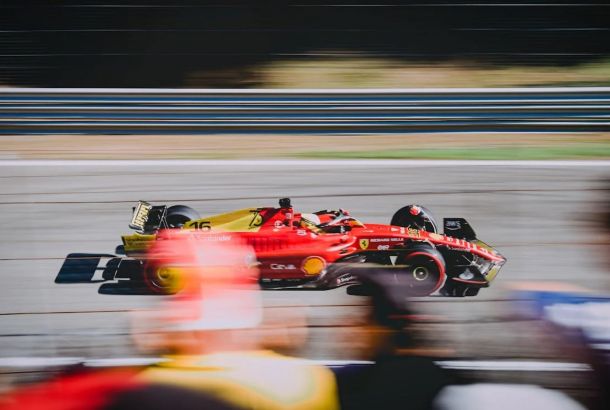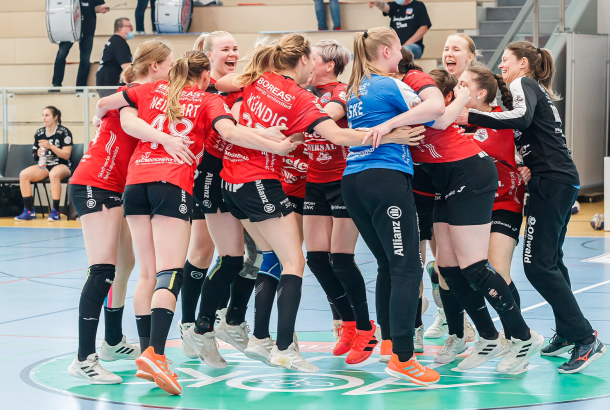How a climate protest masked Formula E’s growing crisis

Whether it has been the World Snooker Championship, the Grand National or the British Grand Prix, a host of major sporting events have seen disruption by activist groups in recent months. Formula E’s Berlin ePrix was no different.
A handful of protestors from the German climate change activist group Letzte Generation climbed safety fences on the main straight at the Tempelhof Airport, host of the eighth round of the championship on April 23, and sat in front of the cars as they lined up on the grid, delaying the start of the race by six minutes while security carried them away.
However, in contrast to previous demonstrations, many of which inflicted brand damage on the organisers, it seemed that paddock and media opinion unanimously rallied behind Formula E, the world’s first all-electric international single-seater championship. Formula E is also the first and only series to be certified net zero since its inception.
2020 Formula E champion and current Porsche driver António Félix da Costa said he was “not a fan” of the protest, clarifying that Formula E is “by far the most ecological [and] sustainable … series that [has] ever existed.” Nico Müller of Abt Cupra described the situation as “ridiculous”, while his teammate Robin Frijns perhaps best summed up paddock opinion, saying that he “just cannot get really [his] head around those people.”
Consequently, the pre-race drama turned attention away from the action that proceeded once the racing itself started. On the surface, the race, which included 172 overtakes over 40 laps, making a scarcely believable weekend total of 362 when combined with Saturday’s event, was as crazy and as entertaining as we have come to expect from Formula E. Envision Racing’s Nick Cassidy managed his race perfectly, coming through from eighth on the grid to beat Andretti’s Jake Dennis by just under half a second to win his first race this season.

However, for a championship that prides itself on being the fastest electric racing series, Sunday’s race was largely a battle for minimal efficiency gains. Formula E’s race format, which means cars do not start the race with enough energy to complete it, forcing drivers to lift off on the straights in order to regenerate power under braking. This resulted in nobody wanting to lead the race, everyone searching for a slipstream to reduce their energy consumption.
Bordering on farcical at times, cars regularly ran four abreast on the approach to tight corners, each driver waiting for another to turn in and take the lead. On other occasions, drivers did not even attempt to conceal their intentions. This was best demonstrated by Envision’s Sébastien Buemi, the 2016 champion opting to give up first position on one occasion by simply driving straight on at Turn 7.
Formula E is no stranger to controversy regarding energy usage – Valencia 2021 needs no introduction – and its promoters have always maintained that efficiency should be an important aspect of its racing, a policy supported by drivers and teams alike. 2021 champion, and current Formula 1 driver, Nyck de Vries has described how Formula E requires a lot of “cognitive thinking” because of this, with drivers constantly adjusting their strategy throughout the race.
However, current restrictions have pushed this to the absolute limit, with drivers regularly unwilling to fight hard to defend their position until the final two or three laps to ensure they do not pay the price for using more energy. In fact, the current situation has often rendered Attack Mode, a power boost that drivers are obliged to use twice per race in order to aid overtaking through greater energy usage, meaningless, even making it a disadvantage at times.
The circumstances are not helped by Formula E’s continued use of tight street circuits. Whilst Berlin, the only ever-present on Formula E’s calendar since its inception in 2014, utilises the defunct Tempelhof Airport, making it one of the wider tracks, other circuits are so narrow that it is impossible for two cars to run side-by-side. The stadium section in Seoul and the second sector in Diriyah, Saudi Arabia are prime examples. This has led to very late, and frankly dangerous, moves under regeneration late in races (de Vries in London springs to mind), as drivers realise that sitting back and attempting to repass the following lap is not an option.
Formula E races on narrow streets have always had a tendency to be chaotic. After all, who can forget that race in Paris four years ago? Nevertheless, whilst the series markets itself as fast, yet energy-efficient racing, it must be questioned whether that is the right approach.
New races this season in Hyderabad and São Paulo, as well as last season’s introduction of the Jakarta ePrix, have all been successes, demonstrating that the organisers are continuing to attract new fans to the sport. However, with no support series since the demise of the Jaguar I-Pace eTrophy, and only a vague blueprint for the series’ long-term future, as well as its reliance on tight street circuits and chaotic racing, both of which have perennially reduced its appeal to ‘traditional’ motor racing fans, Formula E appears to be in a state of stagnation.
The manufacturers seem to agree. BMW, Audi and Mercedes have all left the series since 2021 and, while McLaren, Maserati and Cupra have since joined, none manufacture their own powertrain, instead relying on Nissan, DS and Mahindra respectively to supply their cars.
With Formula 1 pushing forward a radical proposal for carbon-neutral fuels by 2026, it has somewhat encroached into Formula E territory regarding sustainability, in doing so stealing some of the limelight. Formula E still relies on the same brand that initially gave it traction back in 2011. As much as it pains avid fans of the series like me to say it, it must now reinvent itself if it is to survive in the long term.







